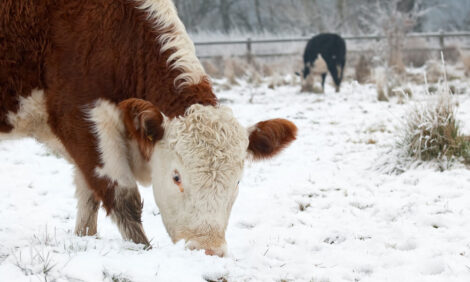



Kenyan Farmers Urged to Shield Livestock from Drought Via Feed Conservation
KENYA - A Kenyan scientist on Wednesday called for a need for livestock farmers to practice feed conservation to cushion their animals from famine during prolonged periods of drought.Joel Khobondo, a livestock scientist told Xinhua in an interview that planting grasses during wet season and conserving it to feed the animals during the dry period is effective in mitigating adverse impacts of drought on the livestock.
"Livestock farmers should adopt feed conservation techniques in which they grow grasses during the rainy season and conserve it as either hay or silage for the drought," said Dr Khobondo, who also lectures animal science at Egerton University.
Currently, in parts of Rift Valley, a bale of hay is going for US$2.5, an increase from an average of $0.7 during the rains when there is plenty of fodder.
Presently, pastoralist communities are suffering the most due to the current dry season which has extensively diminished pastures, forcing the livestock owners to explore alternative feed avenues including moving to neighbouring Uganda.
The government is also buying livestock from affected communities, particularly in coastal, Eastern and Northeastern regions where for years seasons of low or zero rainfall has caused death of livestock, a main source of livelihoods for the locals.
The purchase normally referred to as the livestock off-take programme protects the pastoralists from the total loss of their assets while relieving them from extreme hunger since they can use the money to buy food.
Dr Khobondo said it was important to educate livestock farmers on preparing for the low rainfall seasons. Proper management of livestock involved adopting appropriate feeding programmes for the animals during the wet and dry seasons.
TheCattleSite News Desk


